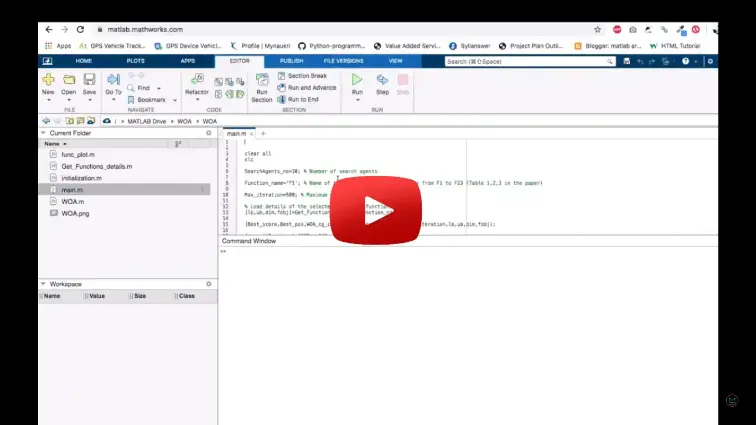Introduction
MATLABSolutions demonstrate how to use the MATLAB software for simulation of a. The wind turbine models used in this project are generic DFIG (doubly-fed induction generator) models which are provided with PowerFactory . These models can be found in the global templates folder.This document presents a model of a high voltage direct current (HVDC) system. Simulations are performed and the results are discussed. The simulations show the behaviour of the HVDC system in the case of onshore and offshore faults.
Methodology
The wind farm model was built using a Template of a wind turbine model from PowerFactory’s global library. The template includes models of the main elements of the wind turbine (Generator and Transformer), as well as the additional dynamic models which represent the controllers, PLL etc. during dynamic RMS and EMT simulations. The asynchronous generator model used for the DFIG contains the simulation equations for the frequency converter used on the rotor. Hence only one connection is needed to connect the generator to the network (the frequency converter is connected internally). The HVDC link was modelled using the VSC element in PowerFactory . The control structure is of a generic type. The Base Case has been configured for a load flow calculation. For all other kinds of calculation or simulation, please refer to the other Study Cases.
HVDC Control
The HVDC control is based on a generic structure. It consists of two separate composite models:
One controls the onshore converter with its chopper resistors, the other one controls the offshore converter.

